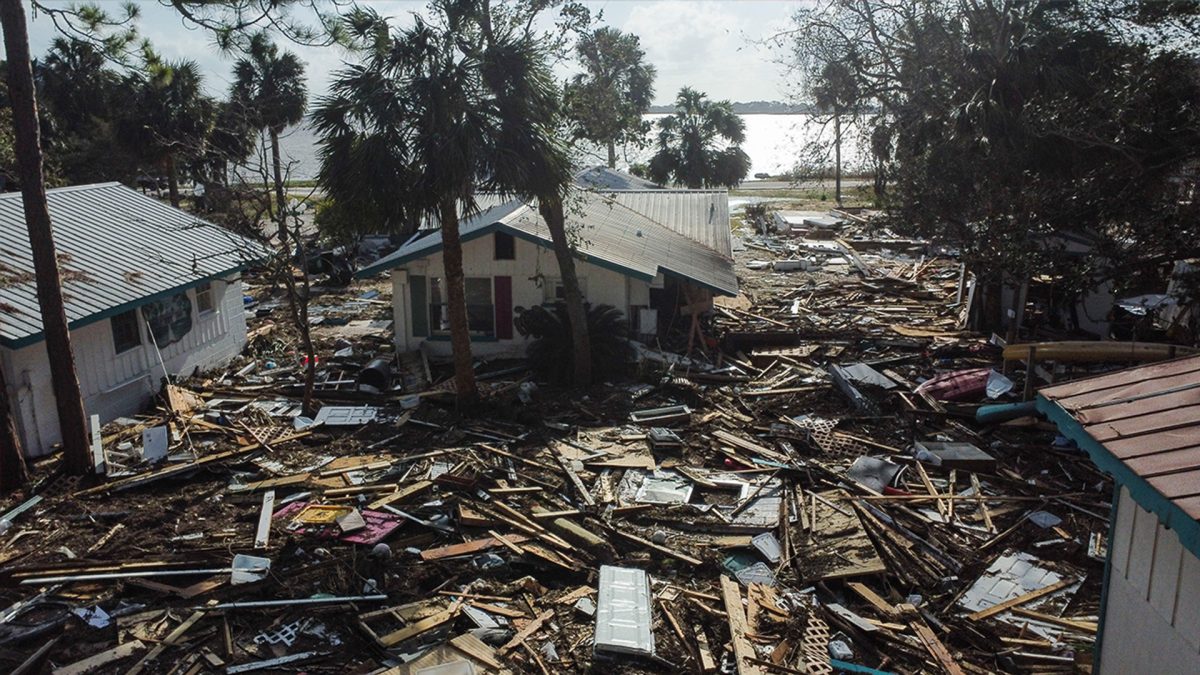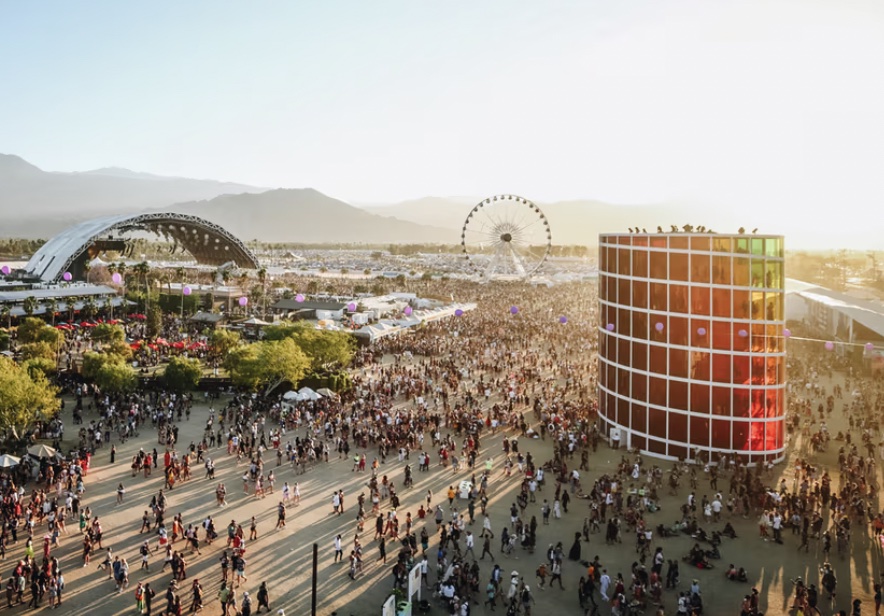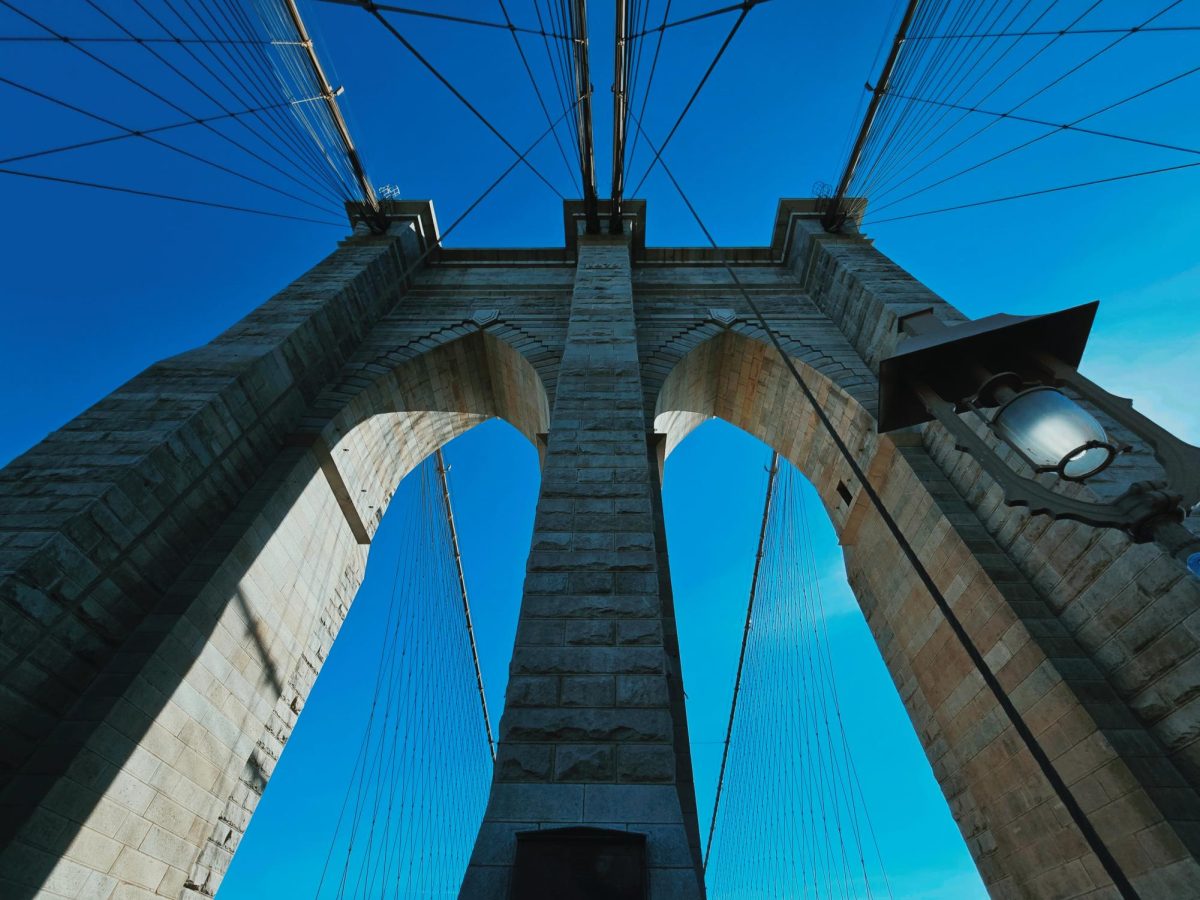More than simply a bridge, the Brooklyn Bridge is a living representation of New York City’s persistent ambition, energy, and inventiveness. It crosses the East River like a huge thread of steel and stone. From its ambitious late nineteenth-century construction to its status as one of the world’s most photographed locations, people have followed it through thick and thin.
May 24, 1888, saw the public opening of the Brooklyn Bridge, originally the Great East River Bridge. About two hundred fifty thousand persons crossed the distinctive landmark in the first four hours. This 1,834-foot (558-meter) bridge spans the East River between Manhattan and Brooklyn (History.com). BK Waterfront History states that after 146 years, billions of people, vehicles, motorcycles, and animals have undertaken the thrilling journey. As a proud tourist, Noah Na (10) expressed his exciting experience: “What I liked most about the Brooklyn Bridge was the bustling of people and how they coexisted on the sides of the bridge maneuvering throughout the middle. The glooming architecture of the bridge also fascinated me as it seemed like I wasn’t on a bridge but just on a commercial road.”
Although its visual appeal could be its primary function, its construction couldn’t have been better planned. First of all, it marked a major advancement in bridge engineering as the first bridge to use steel cables for its suspension system. The foundation of the bridge’s strength continues to be these cables, which are 16,000 feet long and 4,000 tons in weight. The bridge’s architecture has pointed arches with intricate masonry and two massive stone towers that rise 276 feet above the river, reflecting Gothic cathedrals from well-known movies like The Hunchback of Notre Dame. By serving as anchor points for the suspension cables, these towers were not only aesthetic but also crucial to the bridge’s structural stability. (Britannica).
John A. Roebling, his son Washington Roebling, and Emily Warren Roebling were the brains behind the bridge’s design prior to its completion (History.com). Its installation facilitated the economic growth and expansion of New York City and was important to Brooklyn’s development. Before its creation, ferries and boats were the only means of interaction between the two regions. Due to ship availability and existing conditions, these approaches severely limited the movement of people and goods. The journey would be longer if people had to cross the river (Ferrovial).
More than just a building, the Brooklyn Bridge is a symbol of New York City’s spirit. More than a century after completion, it continues to amaze onlookers, serve millions of commuters, and connect two boroughs. The Empire State Building and the Statue of Liberty are iconic structures that shouldn’t overshadow the Brooklyn Bridge. Its function and beauty are equally significant, making it well worth a visit.





























Leilah Huttner • Dec 5, 2024 at 12:43 PM
Thank you for sharing this story! This is so interesting to learn about.